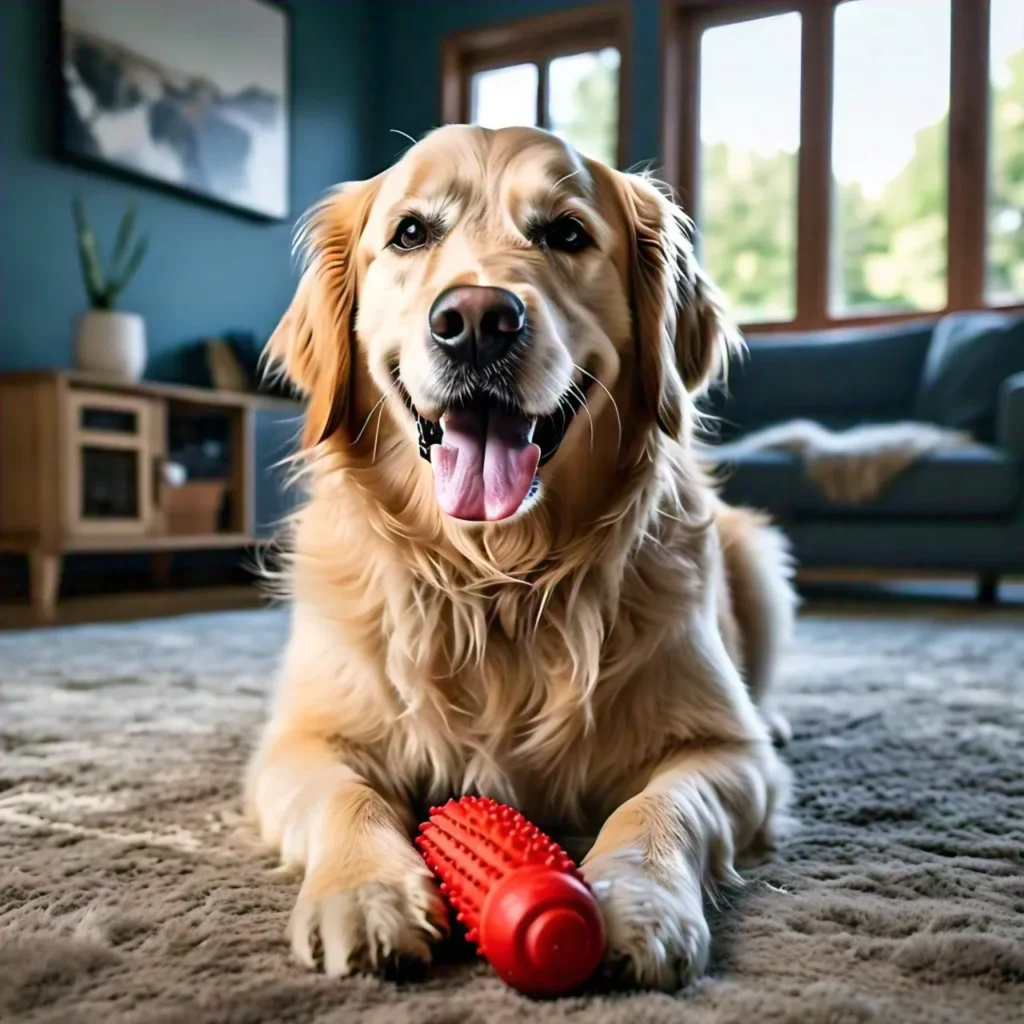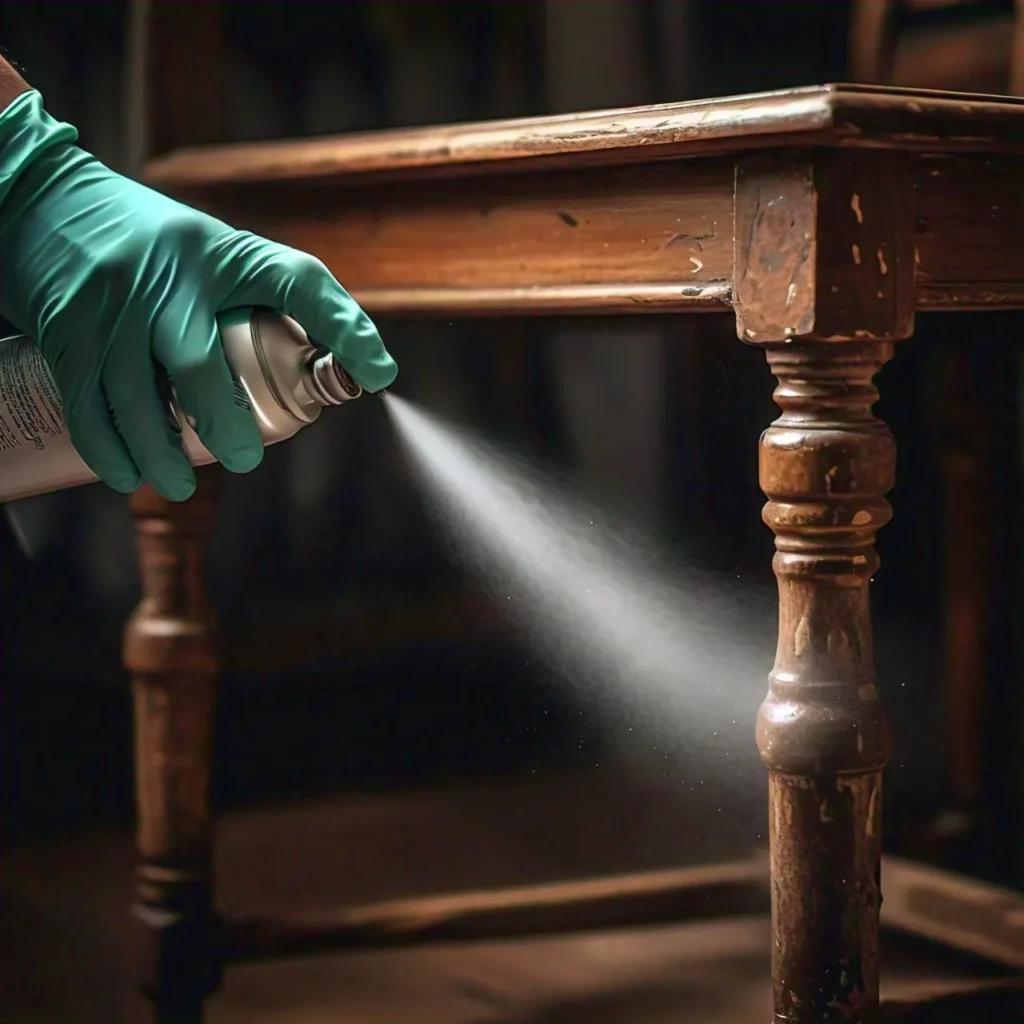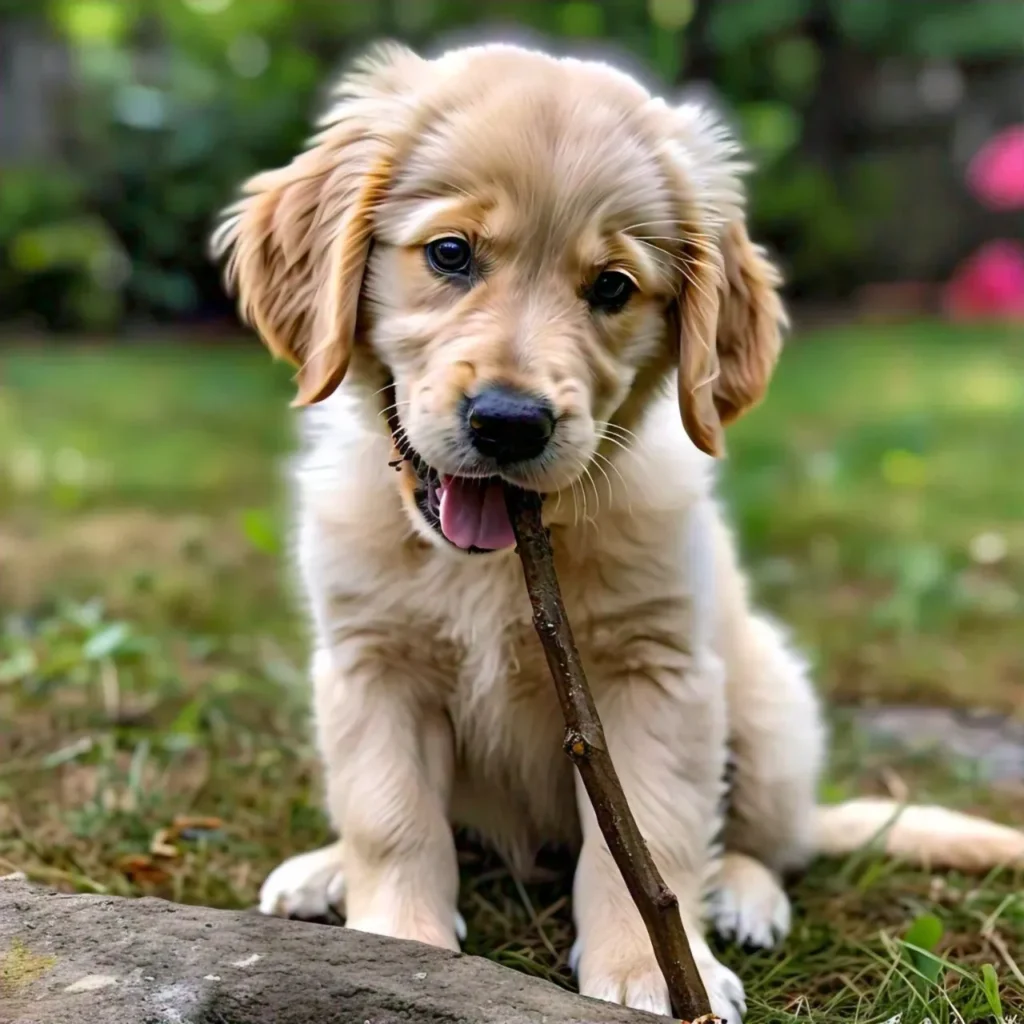Dogs are naturally curious creatures, and one of the ways they explore the world is by chewing. Whether it’s toys, shoes, or random objects around the house, your dog likely loves to chew. But what happens when your furry friend takes an interest in chewing on wood? Is it safe, and how can you stop this behavior? In this article, we’ll dive deep into the reasons why dogs chew on wood, the dangers involved, and safer alternatives to keep your pup happy and healthy.
Why Do Dogs Chew on Wood?
Chewing is a normal behavior for dogs. It helps them relieve boredom, ease anxiety, and clean their teeth. However, chewing on inappropriate items, like wood, can be problematic. Below are a few reasons why dogs might chew on wood:
1. Teething Puppies
Just like human babies, puppies go through a teething phase where they chew on anything to soothe their aching gums. Wood, especially when it’s easily accessible (like sticks or furniture legs), may seem like a natural target.
2. Boredom and Lack of Stimulation
Dogs are intelligent and need mental and physical stimulation. If they’re left alone for long periods or don’t get enough exercise, they may turn to chewing as a way to pass the time. Unfortunately, wood is often within reach in the form of furniture, doors, or even tree branches.
Personal Experience: My own dog, Max, started chewing on the legs of our coffee table when he was about six months old. At first, I thought he was teething, but later realized it was due to boredom. Once I increased his daily walks and added more interactive toys, the wood-chewing habit subsided.
3. Anxiety or Stress
Dogs can develop destructive behaviors when they’re feeling anxious or stressed. Separation anxiety, in particular, may lead dogs to chew on wood as a coping mechanism. The repetitive act of chewing can be soothing to them.
4. Nutritional Deficiencies
In some cases, dogs may chew on wood if they have a nutritional deficiency. For example, if they are lacking in certain minerals, they might be drawn to chew on non-food items, a condition known as pica.
Is It Safe for Dogs to Chew on Wood?
The Short Answer: No, It’s Not Safe.
While dogs may enjoy gnawing on wood, it can be dangerous for several reasons. Here’s why:
1. Wood Splinters
Wood can easily splinter when chewed, and those sharp pieces can cause serious injury. Splinters can get lodged in your dog’s gums, throat, or intestines, leading to infections or blockages. These issues may require costly vet visits or even surgery.
2. Toxicity
Certain types of wood are toxic to dogs. For instance, woods from cherry, yew, and black walnut trees can be poisonous. Even if the wood itself isn’t toxic, it may be treated with chemicals or varnishes (especially in the case of furniture), which are harmful if ingested.
3. Choking Hazard
Large pieces of wood can break off and pose a choking hazard. Even if swallowed, these chunks can cause intestinal blockages, which is a medical emergency.
What to Do If Your Dog Chews on Wood
If your dog is chewing on wood, it’s important to take steps to stop this behavior before it leads to an injury or health issue. Here are some actionable strategies you can implement:

1. Redirect Their Attention
Provide your dog with appropriate chew toys. Look for durable, non-toxic options that can satisfy their need to chew. Toys that can be stuffed with treats, like Kongs, are particularly engaging.
Tip: In my own experience, offering Max a rubber chew toy with peanut butter inside worked wonders in distracting him from the coffee table legs. He now associates the toy with fun and rewards, rather than the wooden furniture.
2. Exercise and Stimulation
Increase your dog’s physical activity. Take them for longer walks, engage in playtime, or even introduce new activities like fetch or tug-of-war. Mental stimulation is equally important, so puzzle toys or obedience training sessions can keep their minds occupied.
3. Use Deterrent Sprays

There are pet-safe sprays available that make furniture or wood surfaces taste unpleasant to dogs. Bitter apple sprays, for example, are a popular choice. Just be sure to reapply them as needed and monitor to see if the deterrent is effective.
4. Train the “Leave It” Command
Teaching your dog the “leave it” command can help them avoid chewing on inappropriate items. Use positive reinforcement techniques, such as treats or praise, to reinforce the behavior you want.
5. Remove Wood from Their Environment
Make it difficult for your dog to access wood. For outdoor dogs, try to remove sticks and branches from the yard. Indoors, block off areas where they might be tempted to chew on wooden furniture.
Safer Alternatives for Dogs Who Love to Chew
If your dog has a strong desire to chew, you’ll need to offer safer alternatives that satisfy this instinct. Here are a few options:
1. Rubber Chew Toys
Durable rubber toys are long-lasting and safe. Many are designed to withstand heavy chewing and are often infused with scents or flavors that appeal to dogs.
2. Nylon Bones
Nylon bones are another great alternative. These bones come in various sizes and flavors, and they won’t break into dangerous splinters like wood.
3. Edible Chews
For dogs that enjoy gnawing, consider edible chews such as bully sticks, dental chews, or rawhide alternatives. These not only keep your dog busy but also promote dental health by reducing plaque and tartar buildup.
4. Natural Antlers or Hooves
Some dogs enjoy the challenge of chewing on natural materials like deer antlers or cow hooves. These are durable and less likely to splinter, but always supervise your dog to ensure they don’t break off large pieces.
When to Call the Vet
If your dog has already been chewing on wood, it’s important to monitor them for any signs of injury or illness. Contact your veterinarian immediately if you notice any of the following symptoms:
- Coughing or gagging (indicating a possible splinter in the throat)
- Vomiting or diarrhea
- Lethargy or loss of appetite
- Swollen or bleeding gums
- Difficulty passing stools (a sign of a potential blockage)
Conclusion
While it may seem harmless, chewing on wood can pose serious risks to your dog’s health. Understanding why dogs engage in this behavior is the first step to preventing it. By providing safe alternatives, increasing physical and mental stimulation, and using deterrents, you can help your dog develop better chewing habits.
As a responsible pet owner, it’s important to address this issue before it leads to costly medical bills—or worse, a health emergency. Always prioritize your dog’s safety and well-being by offering safe, engaging chew toys that keep them occupied and satisfied.
If you’ve had experiences with dogs chewing on wood, or found effective solutions, feel free to share them in the comments below. Together, we can help our furry friends stay safe and happy!
